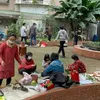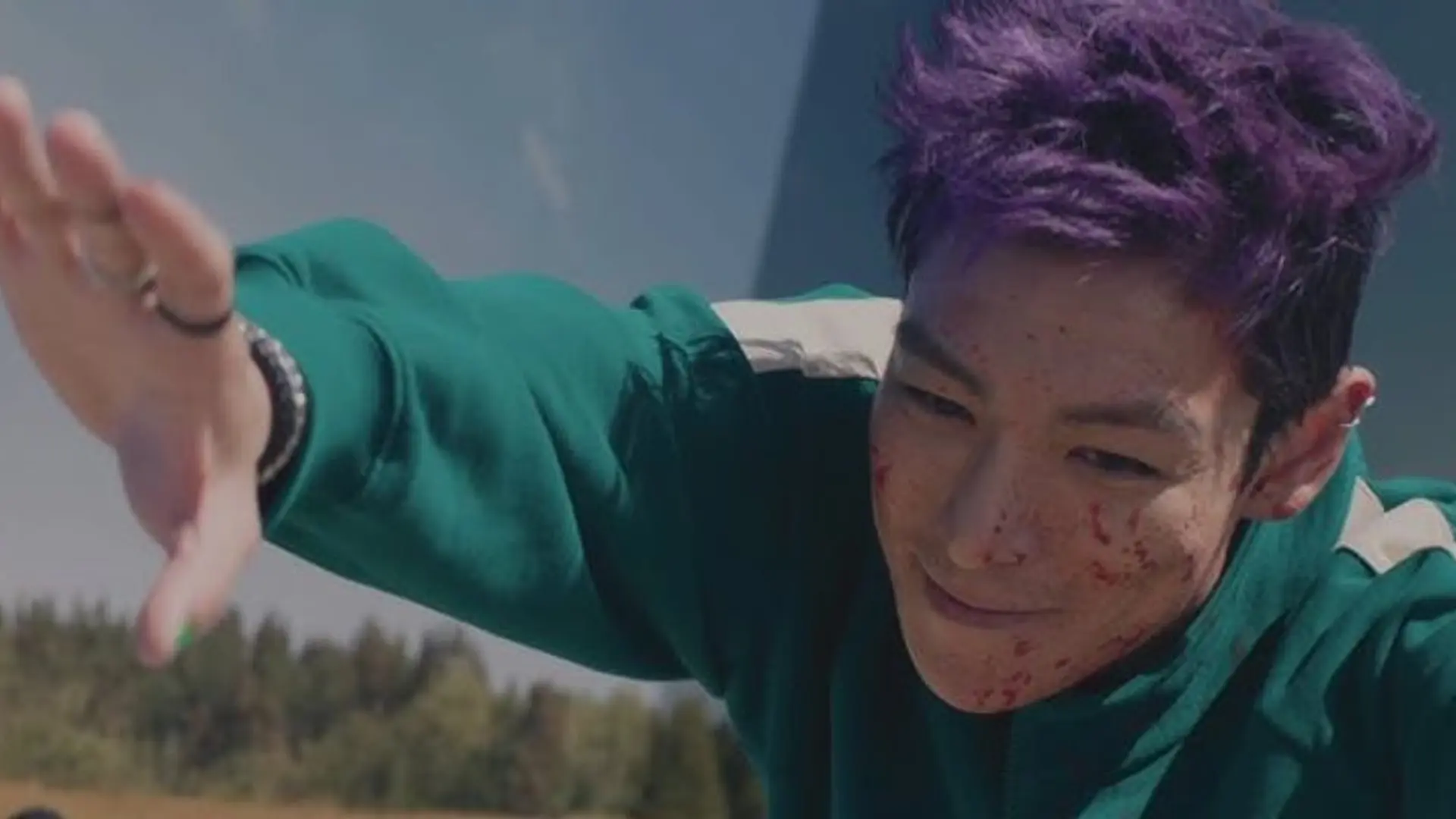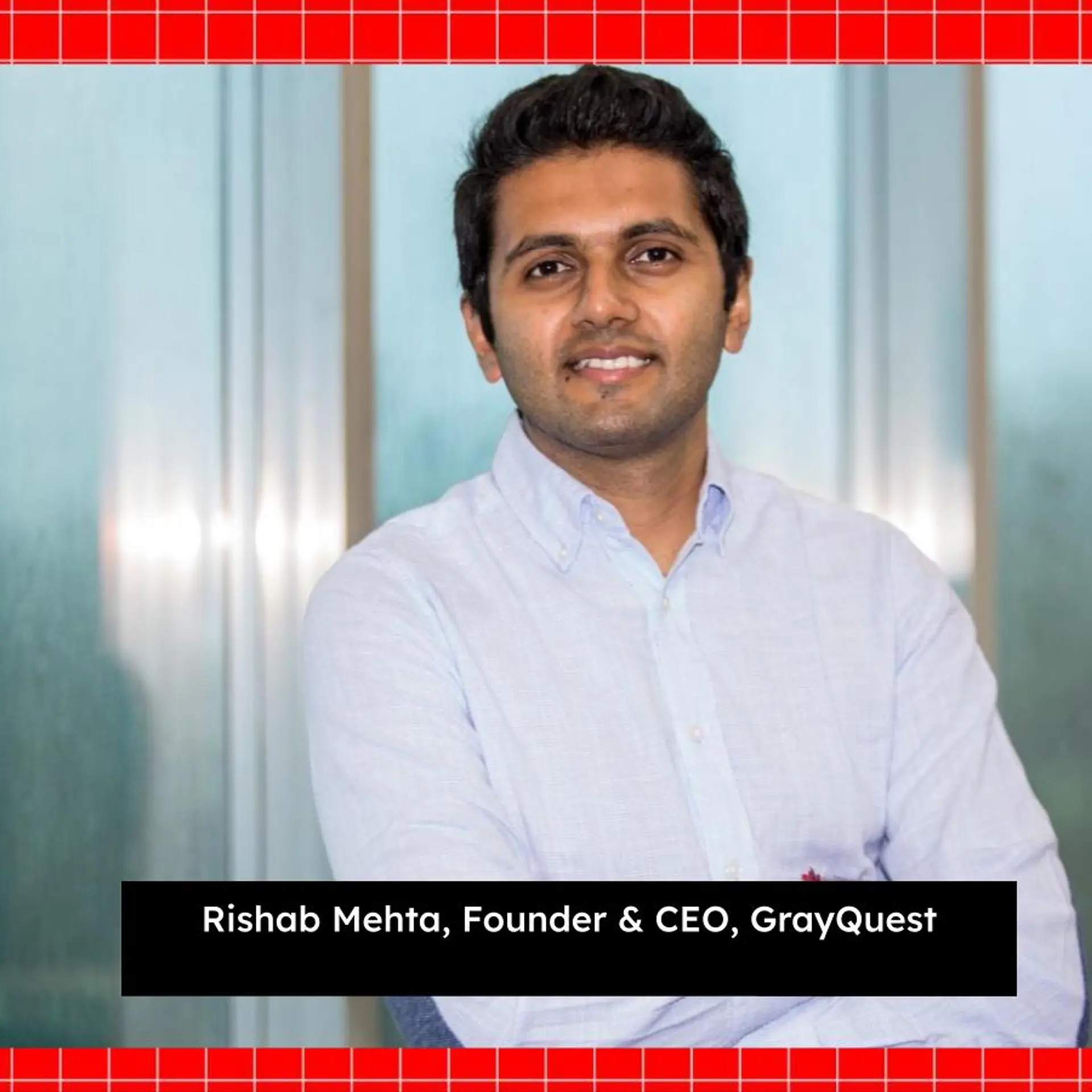Five megatrends: how to understand key global shifts and ride them to success
Geo-politics, digitalisation, education, media, and trade are five key domains for organisations and countries to plan their future, according to this book by John and Doris Naisbitt.
Launched in 2012, YourStory's Book Review section features over 250 titles on creativity, innovation, entrepreneurship, and digital transformation. See also our related columns The Turning Point, Techie Tuesdays, and Storybites.

Understanding megatrends is important for organisations and countries to make decisions about strategy, partnerships, and investment. Megatrends are not fads that change every other year, according to Doris and John Naisbitt, authors of Mastering Megatrends: Understanding and Leveraging the Evolving New World.
In earlier books over the past four decades, the authors have charted megatrends like the rise of the information society, globalisation, corporate intrapreneurship, growth of Asia, and multi-centric world systems.
Here are my five key clusters of takeaways from the book. See also my reviews of the related books Tomorrow’s World, Seeing Digital, Industries of the Future, The Next Billion Users, The Prosperity Paradox, and Alibaba.
To make judgments and decisions based on new realities calls for mastering emotions and overcoming preconceived notions. “Opportunities do not arrive like trains in a station. They may even appear as a disadvantage at first,” the authors caution.
Opportunities may come from unusual directions and in unexpected forms. Initial assessments may be overrated, risks miscalculated, and differences disregarded in the process. Optimism should be paired with diligence and strategy.
In the area of innovation, the very same technology that is first praised later eliminates jobs, the authors explain, pointing to automation as an example. In the political sphere, Brexit was once almost unthinkable, but perhaps anti-EU sentiment was laid by the EU itself.
The author’s new book is spread across 250 pages, but the quality and diversity of references could do with significant improvement. Much of the material on China is one-sided and unbalanced. There are frequent mentions of sources as ‘our friends,’ which raises concerns of the book coming across as an echo chamber. Controversies around Taiwan are skipped as well.
1. Digitalisation
Digitalisation is a key tech force, which will change business models and workflows. Industry 4.0 will reshape manufacturing, but lead to losses for unskilled labourers in factories. The future of manufacturers and suppliers will be greatly influenced by nimble digital entrepreneurs, the authors observe.
Automation through robots and “cobots” is spreading from physical to knowledge work as well. AI/ML are changing translation and transportation; some advancements have become so significant that there are calls to “make algorithms accountable” in terms of fairness and transparency of decisions.
Blockchain, cryptocurrency, and quantum computing are other technologies to watch. Many technologies driven by the power of data are also powerful political tools, and can be harnessed in a top-down and/or bottom-up manner.
Data sovereignty, privacy, and cyber-security will become key regulatory concerns. Democratising knowledge instead of creating new tools only for the elite will become a priority.
Lines between personal and professional life are blurring. Bite-sized corporate learning is a necessity to remain agile, and open leadership calls for knowledge flows to be promoted across hierarchies. Digital disruption is arriving faster than many leaders anticipate, and many firms are slow to reinvent their businesses.
Governments play a key role in advancing national technology innovation, as seen in the case of China’s moves in space, ecommerce, and AI. China’s Social Credit System is intended to improve governance, though there are concerns over transparency and fairness.
2. Education
The authors draw on frameworks like Howard Gardner’s multiple intelligences to describe effective education practices. “One of the biggest mistakes in most education systems is the cutting down of subjects that support creativity, like arts, music, and sports,” the authors lament.
While maths and analytical thinking are important, creative problem-solving skills are valuable as well. “The key to scientific imagination is to support both intellectual and artistic talents,” the authors emphasise, pointing to Albert Einstein’s observations on the role of imagination, intuition, and inspiration.
The authors even cite experts who advise that students should be taught how to cook as well. Unfortunately, humanities and artistic subjects are often neglected. Many countries end up making students “test addicts”.
Education is not about filling of a pail but the igniting of wood. Education should involve peer group discussions, collaboration, and cooperation, not just competition. “Children are the strongest asset of a country,” the authors emphasise.
There needs to be an emphasis on teaching as well. “One excellent teacher can make all the difference in the world to a student,” the authors emphasise. They ask: “Who is teaching the teachers?”
“Creativity needs its space. It’s not bureaucracy and linear thinking which brings forth inventions and innovations but an environment that encourages imagination and entrepreneurship,” the authors emphasise.
They point to Finland and Singapore as countries with good education systems, whereas the Indian education system needs more investment and upgradation. Education should include playful learning, learning outside the classroom, and social services.
Unfortunately, the cost of good education is increasing sharply. Tech trends in this domain range from MOOCs to course platforms like Coursera. The authors call for more corporate involvement in curriculum design and delivery, and for personalised approaches to education.
3. Media
Communication is an important skill for all, not just for leaders or innovators. This requires understanding and mastery of mainstream and digital media. The Internet, smartphones, and social media have become key media platforms for local and global influence. The “visual narrative” is becoming more important.
Unfortunately, challenges remain with respect to fake news, echo chambers, phoney blogs, malicious bots, hacker networks, and sensationalism in media. Media organisations need to step up the game in terms of framing news in a personalised manner to connect and engage with users.
“The majority is not always right,” the authors caution. Citizens need to be properly informed of key public issues and educated about the stakes involved in decision-making. A responsible media play a key role here.
4. Trade
The rise of China has shaped trade patterns around the world. Its most ambitious initiative is One Belt, One Road (OBOR), a combination of a number of land and sea trading routes. Though there is mistrust between India and China, the authors call for more dialogue since there is so much trade between the countries anyway.
OBOR is to be supported by the Silk Road Infrastructure Fund, Asian Infrastructure Investment Bank, and New Development Bank (which includes the BRICS countries). The route involves around 70 countries, mostly emerging economies.
This chapter could have addressed many of the broader dimensions of trade and its evolution over the centuries. But its one-sided perspective ends up coming across as blatant promotional material for the Chinese position on trade.
This book was written before the coronavirus crisis, and this will lead to even more criticism of China’s handling of the pandemic and its dominance of trade. More calls are being made by countries to decouple their trade with China and de-risk their economies by moving operations out of the country.
5. Geo-politics
“Competitive coexistence” is called for in the face of changing economic and political equations in the world. It is important to understand not just the business rankings of a country but also their mindsets, the authors explain, as we enter an era of “multi-centric global community”.
“For the past 200 years, the West has been the dominant force in the world,” the authors observe. But this is coming to an end. The authors ask: “The West has lost its inner stability. Where and how is America grounded? What are the anchors of the EU?”
“The hegemon of our days, the United States, can no longer claim to be the helmsman of the global community,” the authors explain. “Donald Trump entered the political stage through the side door of popularity, not capability,” they add. They describe him as a “hollow man fooling a country,” and lament the “polarisation, incompetence, and stubbornness” of the US politicians.
The American dream was forged on “the pool of ideas,” with the creative energies of waves of immigrants. Unfortunately, the belief that diligence and hard work” are enough is now on the decline. Fear, flimsy promises, and hate slogans are on the ascent.
“It is undeniable that official America is in denial of its lost superiority,” the authors caution. The US also has the highest incarceration rate in the world, they add.
“Europe sees itself as the global moral authority,” the authors write. But they will not be willing to step aside. “Europe is much more likely to become a History Theme Park for well-off Americans and Asians than the most economically dynamic region as it has proclaimed it wants to be,” the authors add.
Europe feels an “intellectual superiority,” and “style and culture” are seen as European. Europe, however, lags the US when it comes to entrepreneurship. Economic reforms need momentum. Another development is increased migration, which unfortunately has spawned fears of labour displacements and terrorist attacks, and in turn, led to the rise of populism.
The authors advise Europe to build on common ground, hope, and social affiliation rather than following opportunists and nationalists. A return to autocracy is not the answer either.
Within Europe, the authors cite Switzerland as an example of a country which has continually reinvented itself. It is often ranked as the most innovative nation in the world, thanks to companies like Nestle, Roche, Novartis, ABB, and Swatch. It stands for high standards in quality, knowledge, and quality of living.
The rise of China can be seen as “an encouragement for emerging economies and a counterbalance to Western dominance.” It has made significant advances in manufacturing, digital ecosystems, space tech, and finance (eg. founding the Asian Infrastructure Investment Bank). But critics have challenged its record in human rights and freedom of speech.
While the US may value individual freedoms and the innovations sparked by debate and discord, China values harmony and social order, the authors claim.
“Most individualistic countries tend to be universalistic and most collectivist societies tend to be particularistic,” they add.
“It was the 2008 financial crisis that marked the turning point in China’s opinion of the US,” the authors explain. It unmasked the weaknesses and policy difficulties of the US.
Countries like Germany are actively engaging with China. “The line between cooperation and competition between the two countries will be a fine line,” the authors explain, citing HKTDC sources.
While India has made significant strides in IT and has a large youth dividend, a large proportion of the population still lives at or below the poverty line. Its women workforce is under-utilised, and there are other gender gaps as well, the authors add.
“India’s self-conception and political culture will never allow any subordination to an increasingly powerful and assertive China,” the authors observe. Hence, it boycotted China’s Belt and Road Summit.
“India’s success is not encumbered by China’s advancements. The two countries are walking different paths and each country is building its future on its history,” the authors explain. India is expanding its international engagement via platforms like the India-Africa Forum.
Together, India, China, and ASEAN make Asia “the world’s dominant continent.” Its new model of modernisation combines Eastern and Western values. Early distinctions between ‘industrial’ and ‘emerging’ economies will not be as clear-cut. Some countries like China show features of both in its various cities and regions.
Challenges arise in Africa and Latin America with respect to corruption, mis-government, exploitation, and lack of reform. But pockets of entrepreneurial excellence are emerging, and there is a large potential for solar and wind energy initiatives.
Kenya’s m-Pesa is a good success story in Africa. Africa has a notable youth dividend, and won’t be hit as hard in the coming decades by ageing as in the case of Europe or China. Creativity is flourishing via Nollywood and an independent arts scene. Latin America has had a significant middle-class expansion, and has major natural and cultural capital.
China has become a major trading and infrastructure player in both regions. “To counter-balance an over-dependence on China, Latin American countries are keen to boost trade with India,” the authors observe.
The road ahead: harnessing megatrends
Harnessing the five megatrends of our times involves understanding who mastered the megatrends of earlier eras. The “long tail” of the past involves acknowledging the dominance of China and India in the pre-colonial era, until 1500 AD.
The European Renaissance shifted the West into a more human-centric than a theocentric view of the world. The Church’s geocentric view of the world shifted to a heliocentric view, with science as the force of progress. Urbanisation became another megatrend, the authors explain.
Though China has risen as an economic and military power, it needs to improve its ranking in terms of quality of life, the authors caution. GDP and per capita income are not the only indicators of success.
Other challenges at the global level lie in governance, eg. relevance of the UN, World Bank, and IMF. It seems difficult to ensure an “innovative, invigorated, interconnected, inter-dependent and inclusive” world economy. Willingness and skills for negotiation will be sorely needed.
“Letting go of the past is a precondition to embrace the future,” the authors emphasise. “The West’s time as the guardian of universal values is over,” they add. Countries of the global South are forging their own alliances; some of these are “not burdened by a colonial past.”
“Once we are able to judge our judgments, we will have a method to keep our emotions under control,” the authors advise. Not seeing and harnessing megatrends can lead to “mutually assured decline,” the authors caution.
One problem in the journey of change is the perception that one always has to be right. But to make a break from the past requires acceptance of mistakes and willingness to change course. “The history of science is a history of resistance broken,” the authors evocatively describe.
Disruptive innovations also arose from many unexpected and unforeseeable sources, they add. The displacement of horse carriages by automobiles in London led to the unexpected solution of a growing problem: the vast quantities of manure generated by horses in the city.
Ironically, the automobile was first dismissed by some as a ‘fad.’ But those who positioned themselves well for the transition benefitted significantly, such as horseshoe blacksmiths who became car mechanics.
Unfortunately, even experts have been shown to read such shifts wrong. Examples include those who predicted that Japan would surpass the US economy, or that the Soviet Union would survive and thrive.
The economic game has changed today. “How significant a role employees, entrepreneurs, and enterprises play with that development depends on their flexibility to adjust and reinvent,” the authors emphasise.
“We cannot choose the environment we are born into, but we can choose how to play the hand we’re dealt,” the authors sign off.
Edited by Megha Reddy











